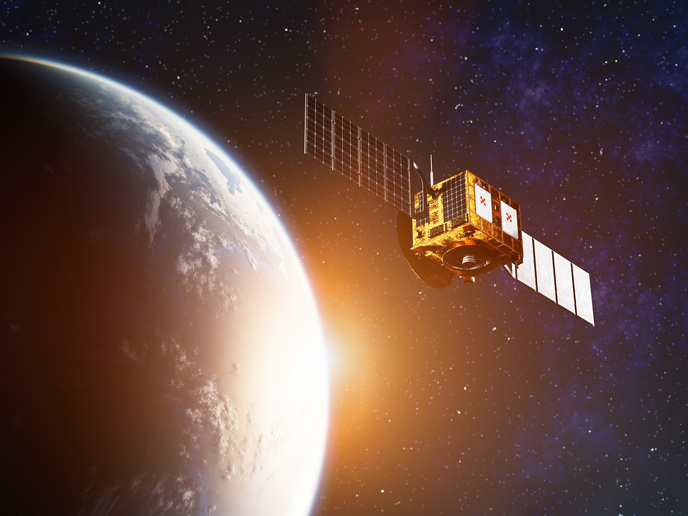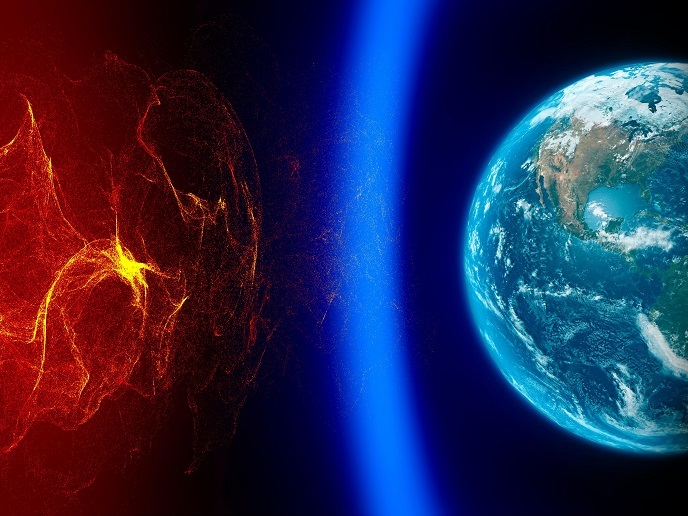European training network advances technology for satellite applications
Radio frequency components and systems for satellite payloads are essential for delivering mission objectives and supporting ground equipment and telecommunication systems. Therefore, new technologies and techniques are required to respond to emerging satellite applications and technology challenges.
Cultivating talent in space technology
Funded by the Marie Skłodowska-Curie Actions programme, the TESLA(opens in new window) project has been at the forefront of this endeavour, addressing key technology issues for future satellite applications. “We brought together leading academic research groups and industry organisations across Europe with complementary experience in radio-frequency technology, electromagnetic design, advanced materials and manufacturing technologies,” notes project coordinator Jiasheng Hong. TESLA has trained 15 early-stage researchers who also enrolled for their PhDs at eight academic institutions. These researchers, along with academic and industrial staff, explored new and enabling technologies for satellite flexible payloads, big constellation systems, high-speed communications, remote sensing and large satellite platforms. In addition to technical training, the researchers have participated in entrepreneurial and innovation training and outreach activities, enhancing the European space economy and catalysing wider economic and social impact.
Pushing boundaries in satellite technology
TESLA has made significant progress compared to the state of the art in many areas. Hong notes several breakthroughs, such as the on-chip integration of orthogonal subsystems enabled by broadband twist at 220–325 GHz as reported here(opens in new window). Other noteworthy achievements include the development of an extremely compact miniaturised ultra-wideband filter based on substrate integrated quasi-lumped resonator technology. This filter was presented at the 2021 IEEE MTT-S International Microwave Filter Workshop(opens in new window). Researchers also explored tuneable devices, maintaining high-Q frequency-selective performance. A reconfigurable antenna frontend for radars using a novel switching circuit was successfully fabricated. In addition, the designs of reconfigurable waveguide transitions and antenna array units offered wideband performance and flexible functions in a beamforming system for satellite communications applications.
Exploring new materials and manufacturing techniques
A ceramic material was utilised as an efficient resonator in filters suitable for satellite technology. The researchers also employed ceramic materials based on aluminium-nitride composites, focusing on their properties and sintering methods. TESLA has also pushed the boundaries of manufacturing techniques, achieving non-planar passive components with improved characteristics. Various low-pass filtering structure prototypes were produced using metal additive manufacturing techniques. Several components, such as waveguide diplexers, demonstrated wide tuning ranges using novel tuners based on dielectric materials. Developments for millimetre hardware for the next generation of satellite communications were reported in more than 10 journal articles. In addition, the project developed high-performance silicon micromachined components for satellite applications in the terahertz frequency range. Several concepts of metamaterial or metasurface filters were developed for improving component reconfigurability and out-of-band rejection. Ultimately, topology optimisation tools were developed to produce miniaturised components for high-power components using additive manufacturing techniques.
TESLA’s legacy and lasting impact
“Overall, TESLA has significantly contributed to the European space economy by developing payload flexibility, space internet-of things technology, high-speed communications, remote sensing and high-power technology,” states Hong. Over its 4.5-year course, the project has established strong links between academic and industry partners and other space-related projects. TESLA has seen significant achievements, including the application of three patents, one of which has been sold to Airbus. Moreover, 60 journal articles and conference papers(opens in new window) have been published, with more research findings on the way.







